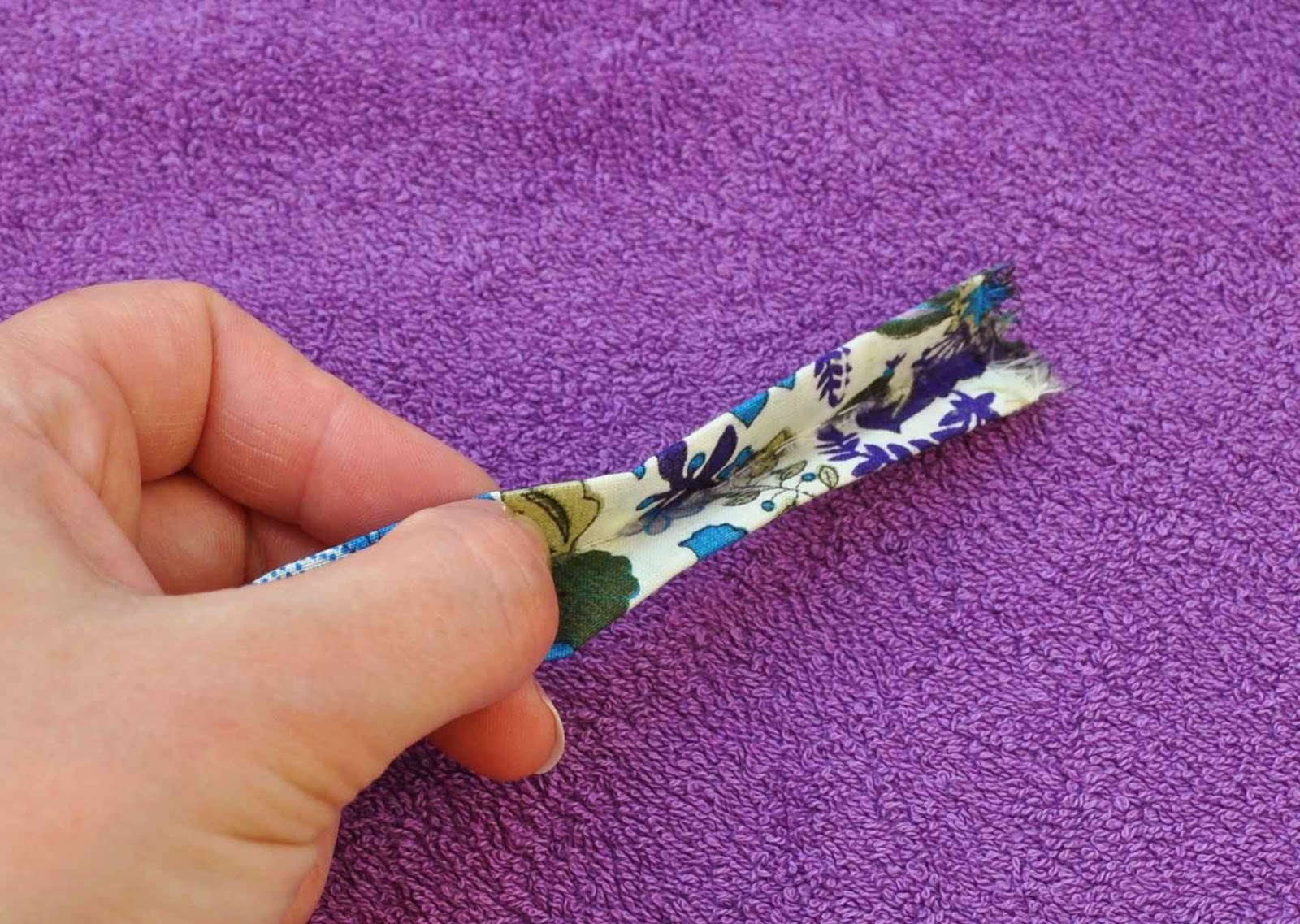My faithful Pfaff Stretch and Jeans (or Varimatic 6091) needed a new cover. That's because I've been moving my sewing station from one room to the other, and in the process the original plastic cover... mm.. got stepped on. And broke into many pieces with a loudest crack.
Some time ago I had an idea of making felt bags and gadget cases, so I bought a large piece of industrial wool felt. The idea got scrapped, because the felt was brown, and I could only see myself making bags and cases in grey, brown just didn't seem right and I lost enthusiasm. But for the sewing machine cover this was perfect - matched well the slightly yellowish, vintage-looking plastic of the sewing machine.
I measured the machine similar to how it is shown here: from the front over the top to the bottom at the back (measurement "a"), the depth of the machine (measurement "b"), the width of the machine including the wheel (measurement "c"). Because of the shape of my machine, I also took a measurement of how high the straight part on the front of the machine is, and added some shape to the side pieces.
I used a rotary cutter to cut out two side pieces and one large rectangle for the front+top+back. I then sewn on white lace onto the rectangle, about 10 cm from the edge.
Up until this point everything was straightforward. When I started stitching, after lining up the long side of a side piece and the long side of the front+top+back piece, it was still ok (I love my machine, it went through almost a centimetre of hard felt as if it was nothing special):
The trouble started when I had to go around the corners. But I won't describe all the swearing and cursing, instead will show the final result, which was well worth it:
The hole for the handle was cut through after sewing the pieces together. I put the cover over the machine with the handle lifted and cut a line with scissors just above the handle, then took the cover off and widened the hole and made the edges neat.
Some time ago I had an idea of making felt bags and gadget cases, so I bought a large piece of industrial wool felt. The idea got scrapped, because the felt was brown, and I could only see myself making bags and cases in grey, brown just didn't seem right and I lost enthusiasm. But for the sewing machine cover this was perfect - matched well the slightly yellowish, vintage-looking plastic of the sewing machine.
I measured the machine similar to how it is shown here: from the front over the top to the bottom at the back (measurement "a"), the depth of the machine (measurement "b"), the width of the machine including the wheel (measurement "c"). Because of the shape of my machine, I also took a measurement of how high the straight part on the front of the machine is, and added some shape to the side pieces.
I used a rotary cutter to cut out two side pieces and one large rectangle for the front+top+back. I then sewn on white lace onto the rectangle, about 10 cm from the edge.
Up until this point everything was straightforward. When I started stitching, after lining up the long side of a side piece and the long side of the front+top+back piece, it was still ok (I love my machine, it went through almost a centimetre of hard felt as if it was nothing special):
The trouble started when I had to go around the corners. But I won't describe all the swearing and cursing, instead will show the final result, which was well worth it:
The hole for the handle was cut through after sewing the pieces together. I put the cover over the machine with the handle lifted and cut a line with scissors just above the handle, then took the cover off and widened the hole and made the edges neat.




















































